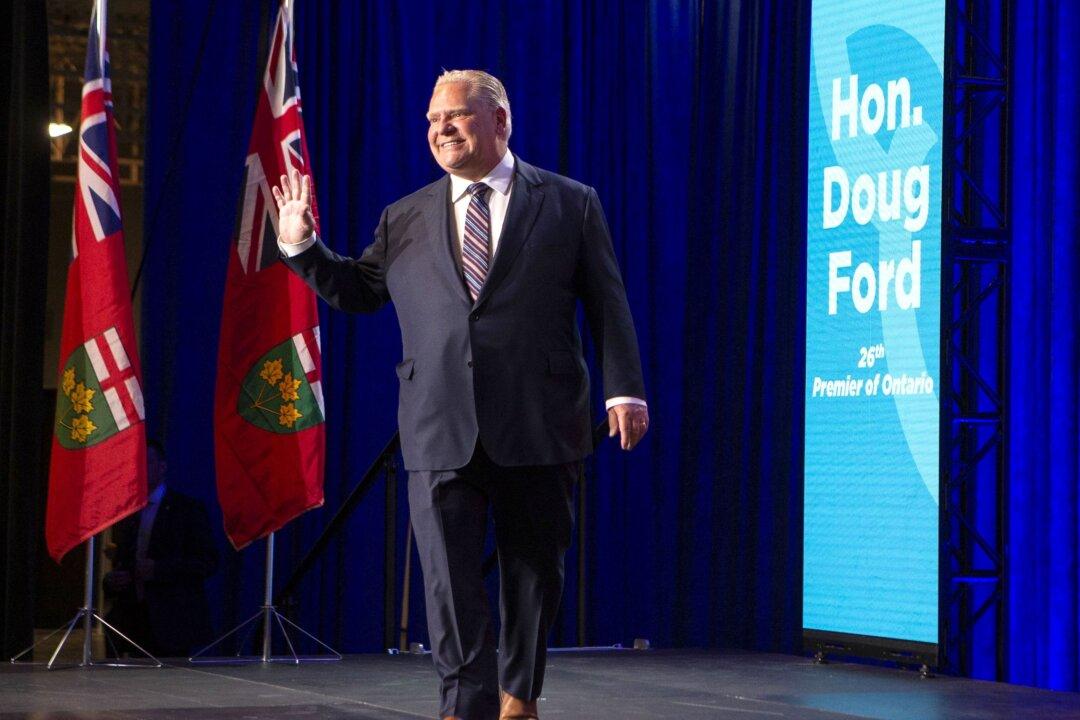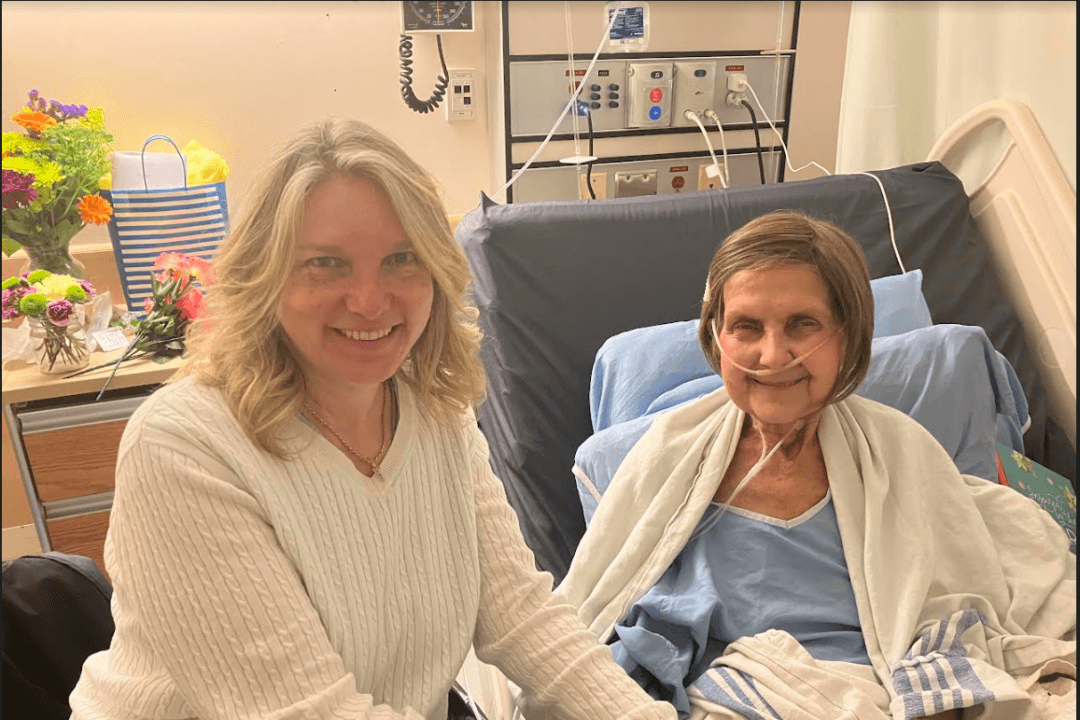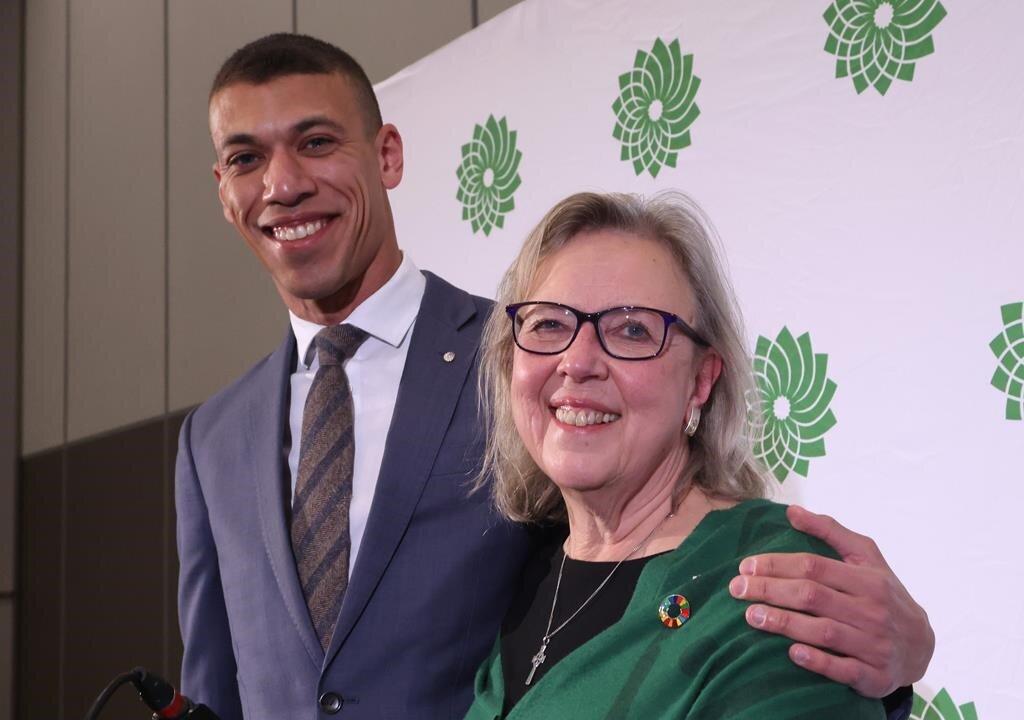News Analysis
The Doug Ford Progressive Conservatives have a fresh mandate with more seats, their main political opponents without leadership, and an economy-killing pandemic in the rear-view mirror. Even so, political experts are divided on whether Ford will use this new latitude to be more conservative in his approach, or follow a similar trajectory to his previous term in power.





